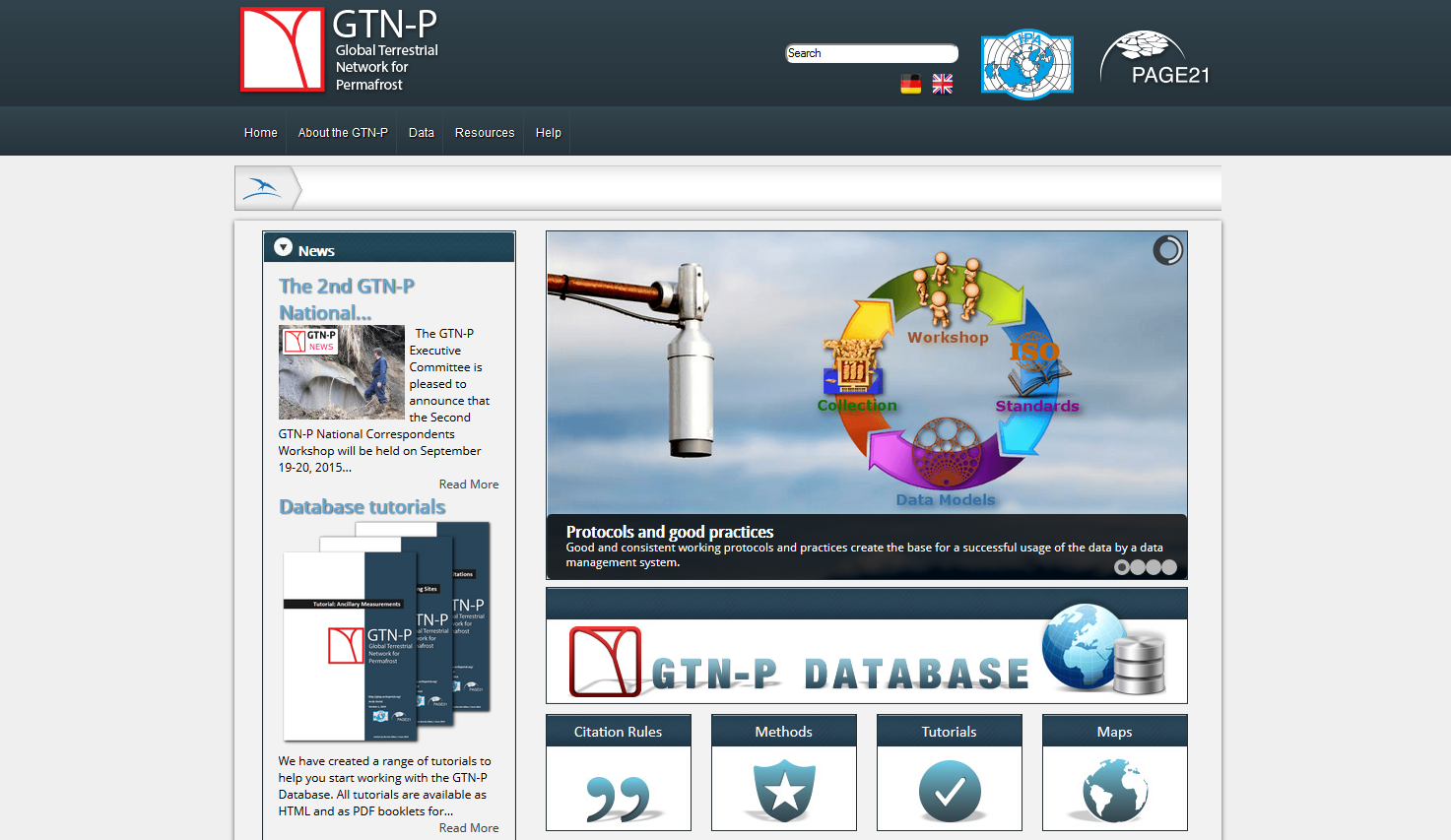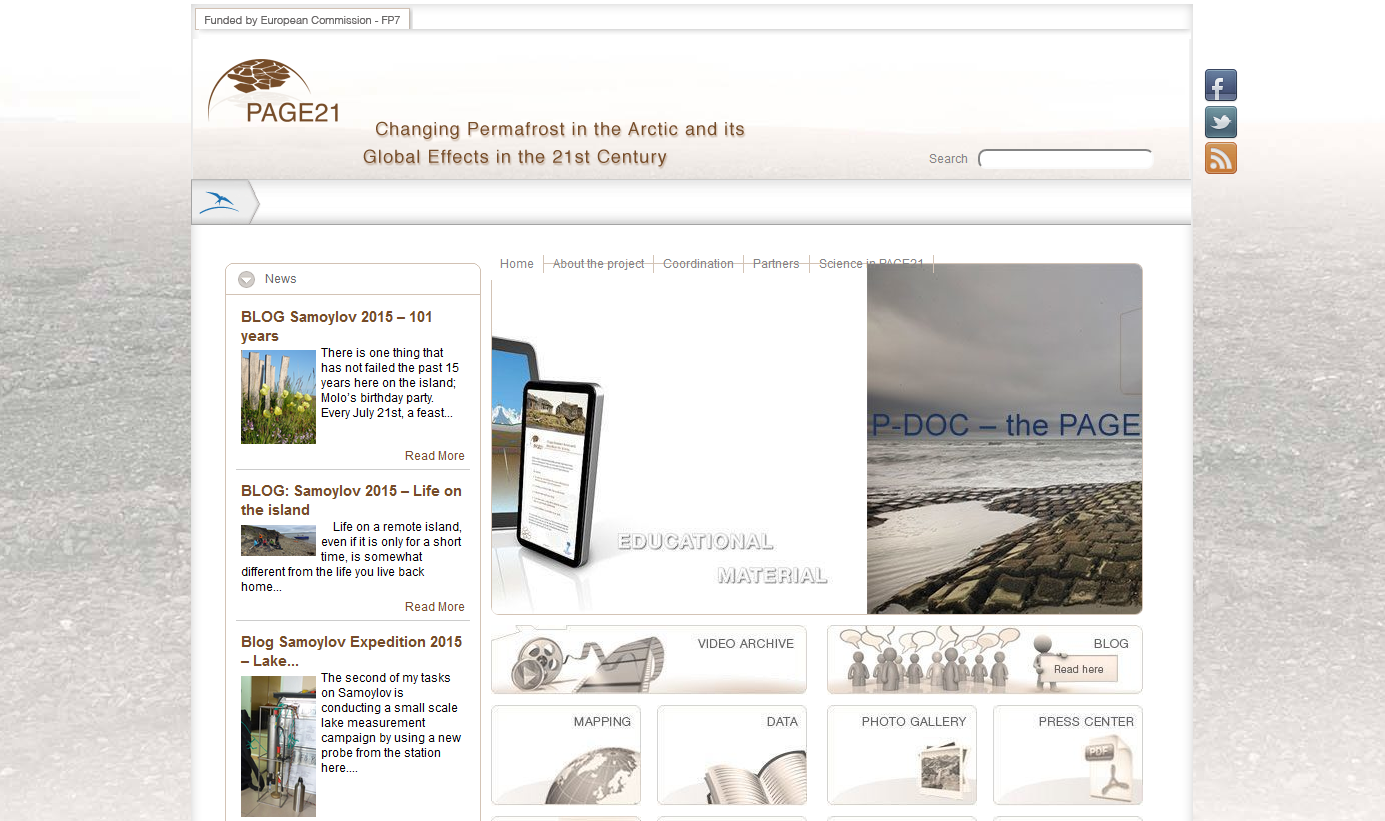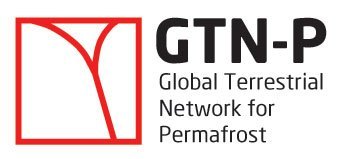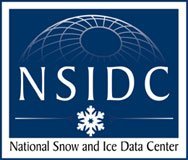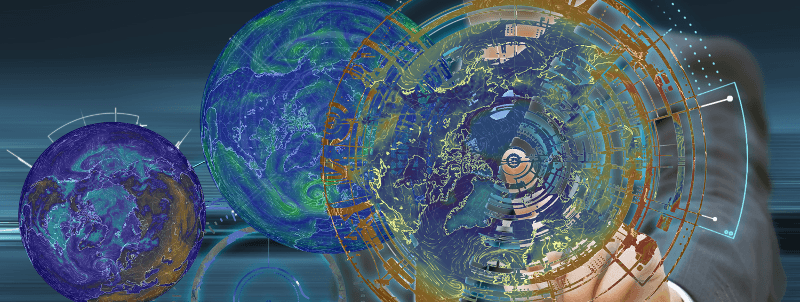
Background
As result of climate change effects and concomitant environmental stressors, the Arctic region has been changing rapidly. During the last few decades, researchers, politicians, and other stakeholders from the economical sector follow these changes with great interest. The transitional phase the Arctic is experiencing oscillates between two possible scenarios:
- A very big advance of the economic development and environmental integrity benefitting local and global communities
- Or, social, environmental or even new economic threats caused by lack of adaptation.
The environment and the local population are already experiencing most of the severe threats announced, while the economical advantages are being continuously pushed back. In fact, while shipping industries, for example, are looking forward to intensively use the Northern sea routes, companies for insurance broking and risk management are not ready to accommodate their requests. Moreover, while people in the Northern regions are willing to adapt to these radical changes, the infrastructures needed to exploit and benefit from new opportunities have not being built yet.
Partners to Arctic Data Interface - Visualization & Comparison Tool (ADI) have identified "uncertainty" as one of the main obstacles to a positive economic development of the region, which is, at the same time, also hampering politicians, decision-makers and other stakeholders to take decisions capable to attenuate the negative effects of climate change from Arctic to global level. "Uncertainty" regarding Arctic environmental trends and socioeconomic dynamics can be attenuated only by providing knowledge and making data available from local to global level. Profound research on Arctic change in the 21st Century has produced a broad range of knowledge about past and present local conditions but global climate models project regionally different future scenarios. Moreover, the existing scientific insights and information is not integrated to each other.
The ADI project
ADI will gather the best existing research documents, data and metadata from a number of data centers, institutes, and web server. It will standardize the datasets and feed them into a modern permanent system for metadata and data access, visualization, and presentation, facilitating the conversion of data and information into knowledge. Specifically, the ADI makes a showcase with cryosphere and permafrost, that demonstrates processes and methodologies. Other topics will be developed with the growth of the project, chaining topics and filling knowledge gaps.
The ADI enables online to add, crosscut and compare other sets of data from economical, business, social, and political sectors. The scope of this new system for data comparison is to serve all professionals which need to gain a comprehensive and numerical understanding of the region. The main stakeholders are investors, business analysts, politicians, but also researchers, academic and students. In addition, the ADI is strongly aimed to facilitate the development of business and market opportunities, as it will drastically lower the knowledge uncertainness now hampering a sustainable and profitable development of Arctic resources.
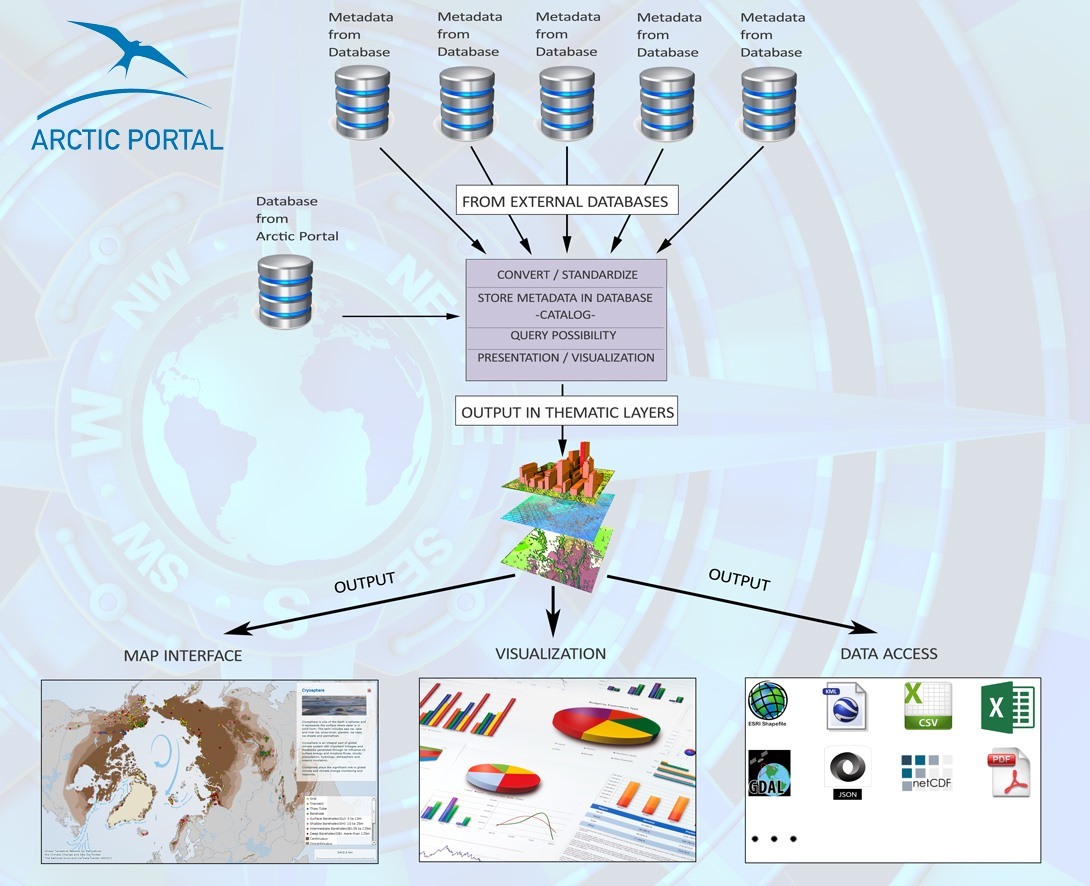
Workflow diagram of the Arctic Data Interface System
Showcases
Arctic Portal interactive Mapping System
Arctic Portal Mapping System provides visual information about Arctic related information through various databases. The system is powered by the Inter-Map mapping system, developed by the Arctic Portal staff. All data utilized to create our maps are provided either from our partners (see Arctic Portal Community) either from the best reliable databases currently available. Sources are always quoted clearly.
Arctic Portal staff is continuously working to update the mapping system and to create new maps. If you need a map in a different resolution as the one provided, please contact .
In addition, Arctic Portal Staff can create customized maps. You can visualize all layers available in our Inter-Map mapping system. Arctic Portal staff will export the map with the layers requested into file. Please contact us for any additional information.
Arctic Portal Interactive Mapping System in Polar projection
Project Page 21 and the GTN-P DMS (Global Terrestrial Network for Permafrost Data Management System):
Within the European 7th Framework programme project: Changing Permafrost in the Arctic and its Global Effects on the 21st Century (Page21), Arctic Portal organizes and develops the first standardize global data sets for Permafrost Temperature and Active Layer thawing depths. the web-based Data Management System represents 1087 boreholes and 243 Active layer monitoring sites in all permafrost zones of the world, with 600 other sites to come soon (access the resources here). A great lack of organization exists within In situ terrestrial monitoring networks and the Data Management system for permafrost developed by AP is seen as a case for integrating Essential Climate Variables (ECVs) from In situ terrestrial Networks into Earth System Models.
AMATII: (The Arctic Transportation Database contains information for maritime and aviation infrastructure):
The Arctic Transportation Database contains information for maritime and aviation infrastructure as depicted on the Interactive Data Map provided by Arctic Portal. 601 airports and 349 ports in the Arctic with their metadata are available and can be searched and downloaded in different formats.
The partners
ADI is built in association and with the support of various national and international partners who have recognized the need for integrated and performant tools providing high quality Arctic Information.



